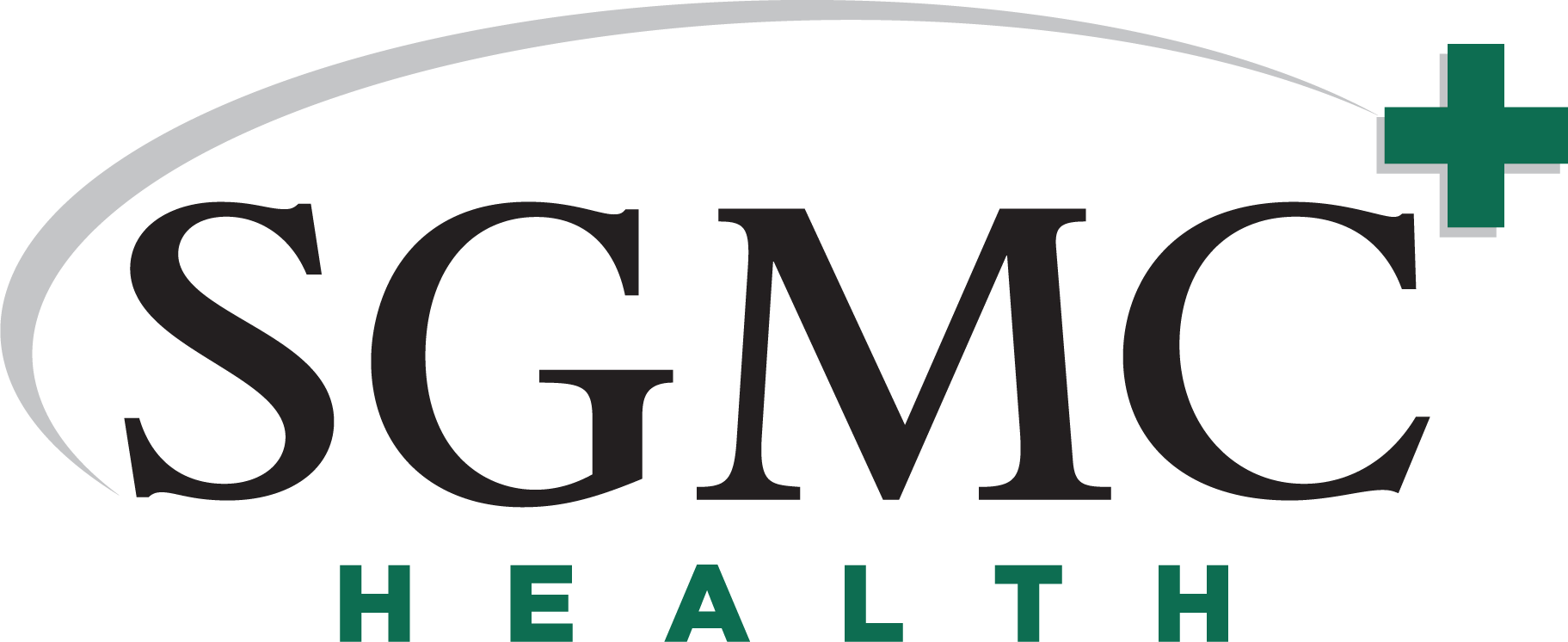If you have a life-threatening condition, call 911 immediately for treatment and transport to the nearest hospital.
Your Journey Through the ER
Triage
Upon arrival, you will be evaluated by the nurse to determine the level of severity of your illness or injury.
DID YOU KNOW? In an ER, patients are not seen on a first-come, first-serve basis. The most critically ill or injured are seen first. Just because someone doesn’t look sick, doesn’t mean they aren’t. If patients arrive whose injuries or illnesses need immediate attention, your wait and treatment times may be longer.
Exam
You will be taken to an exam room where your vitals will be monitored. A doctor will see you as soon as possible.
Diagnosis/Treatment
Depending on your emergency your treatment may be simple or complex. It could take a few minutes or several hours.
Your visit may require tests or X-rays. Did you know lab work can take up to 45 minutes after your draw to receive results? Certain imaging could take 75 minutes after the exam to get a physician reading. Unfortunately, tests require time, but provide better options for diagnosis and treatment.
Your treatment could be delayed if a specialist needs to be called in. ER physicians are available 24/7 but other medical specialists provide “on-call” backup services as needed.
Admission
If you are admitted to the hospital, you will be taken to your room as soon as arrangements can be made.
Sometimes, admitting you into a hospital can take hours, depending on bed availability in the specific section/floor of the hospital where you can be best treated. You will continue to receive care in the ER until you are admitted.
Discharge
If you are discharged from the ER, you will receive instructions for follow-up care and prescriptions for any medications you may need.
